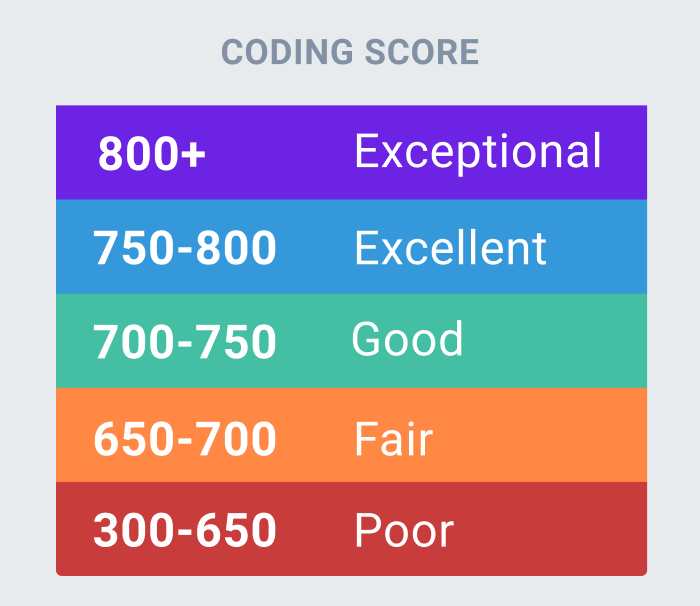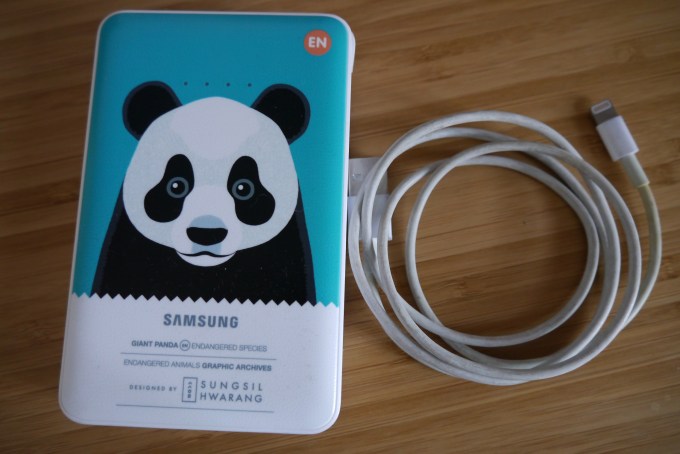Scale Venture Partners, an 18-year-old, early-stage venture firm that focuses on software companies, has closed its sixth fund with $400 million, up slightly from the $335 million the firm had raised in early 2016. Among its biggest hits: the e-signature company Docusign, which went public in April; the online data storage company Box, which went public in 2015, and the marketing software company Hubspot, which went public in 2014.
We talked late last week with firm cofounder Rory O’Driscoll, who runs the firm with a handful of longtime colleagues, to learn where the team plans to invest their newest dollars. Our conversation has been lightly edited here for length.
TC: Congrats on your new fund. The size isn’t so afield from your last fund. Are there any dramatic changes from a staffing standpoint?
RO: No dramatic changes. The investing partners are myself, Stacey [Bishop], Andy [Vitus], and Arial [Tseitlin], all of whom were partners in fund five. Alex Niehenke was a principal and now he’s a partner in fund six. [Firm cofounder] Kate [Mitchell] stepped back in the middle of the last fund; she’s now a partner emeritus and advisor.
TC: You’ve had a fair number of IPOs. What are you looking for in a company typically, and what size checks can you write?
RO: We get involved once a company has product market fit and is seeing a couple of millions of dollars in revenue. As for checks, we’re participating in Series A and B deals, with typically $10 to $15 million coming from us in a $25 million deal, though we’ll go as low as $5 million. We’re leading that first go-to-market expansion round for a company.
TC: What are the trends you’re following most closely right now?
RO: The big trend is clearly AI — software and hardware related, though it’s not new. I did some AI investments in the late ’90s. But we’ve also seen some of the same trends packed into the robotics space. Think artificial intelligence in industrial robots, or warehouse distribution. Collaborative robotics is a big trend, too, where typically humans do the things we are good at and robots do the things we aren’t so good at.
TC: What about crypto or blockchain Infrastructure type plays? Is that something Scale is considering?
RO: One of my partners has spent some time thinking about it. Going after the ICO space directly raises challenges that we’ve decided not to take on right now. But we do think on a technical level that the software behind block chain technologies could [lead to ] enterprise software opportunities.
TC: Did you talk with investors in your newest fund about being given the leeway to invest in these things?
RO: Because I haven’t developed an opinion yet and we haven’t done a deal — we still have questions about sheer scalability and distributability — we didn’t feel it was an issue. We didn’t see the need to raise that question with LPs or start an abstract conversation, saying ‘We might want to do this thing that we haven’t decided to do yet.’ It didn’t seem like a good use of time.
TC: Scale has long had a diverse group of investors, including endowments and pension funds. Of course, more money from around the world is trying to make its way to Silicon Valley. Did you raise more capital from overseas than in past funds?
RO: We definitely raised money from outside the U.S., including Europe and the Middle East. Our geographic perspective is very international in scope, though we think any enterprise company needs a go-to-market approach in the U.S.
TC: You’ve been in the business a long time. You’ve seen down cycles. How are you feeling about the market right now?
RO: You never know how every boom ends, but every boom does end. History doesn’t repeat itself. It rhymes.
This boom is very different than the ’99 boom, when companies were going public with $10 million in revenue. Now, the concern is that they’re going public too late. The problem used to be viability; now it’s valuation.
As an investor, all you can do is position your companies to succeed in the market at any point in time, and to turn on a dime if if need be. Twenty-four after the world changes, you better have a plan to get where you’re going with the cash you have.





 I’m not sure everybody will agree with his assessment, but Sloyan is right that today’s methods of rating a developer’s skill based on what school somebody went to, resumes, GitHub projects and coding interviews doesn’t present a full picture of an applicant’s abilities. He also notes that this process, where the actual hiring decision is often based on the preferences of only a few people, can lead to biased decisions. The Coding Score, Sloyan argues, takes away many of these biases and purely focuses on an applicant’s abilities.
I’m not sure everybody will agree with his assessment, but Sloyan is right that today’s methods of rating a developer’s skill based on what school somebody went to, resumes, GitHub projects and coding interviews doesn’t present a full picture of an applicant’s abilities. He also notes that this process, where the actual hiring decision is often based on the preferences of only a few people, can lead to biased decisions. The Coding Score, Sloyan argues, takes away many of these biases and purely focuses on an applicant’s abilities.


